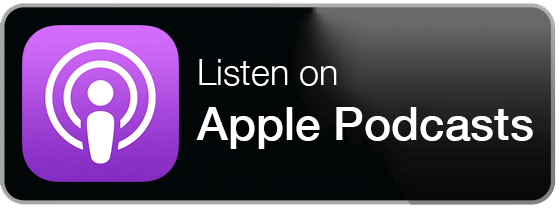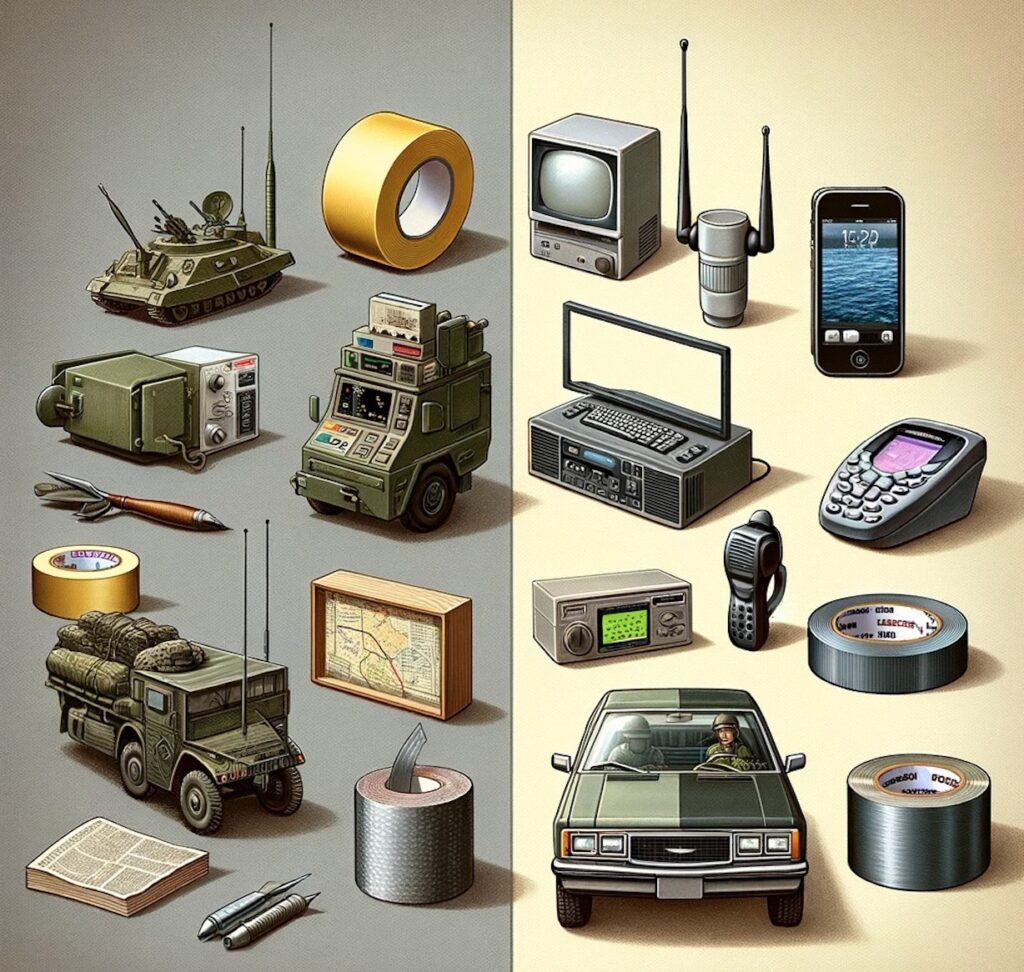Today’s Focus of Attention is reader-supported. We sometimes include products we think are useful for our readers. If you buy through links on this page, we may earn a small commission.
Did you know that the GPS, and the internet, link back to military innovations?
Military technology is often associated with weapons and warfare, but it has a tremendous impact on civilian life.
Many of the gadgets, devices, and technologies we have were first invented or improved by the armed forces for various purposes.
While some of those inventions were created on purpose, others were discovered by accident.
Today’s article talks about a handful of those everyday wonders that originate from military use and how they have changed our lives.
World Wide Web

The Internet is one of the most influential and revolutionary technologies of all time. It connects billions of people worldwide, enables instant communication and information access, and supports numerous applications and services.
It traces its origins to the ARPANET, a network of computers the US Department of Defence funded in the 1960s.
Designed to enable researchers and military personnel to share data and resources across various locations, this pioneering network aimed to create a resilient and descentralised system that could survive a nuclear attack.
The ARPANET pioneered packet switching, a technique that breaks data into small pieces and sends them over different routes to their destination. With this method, multiple computers could communicate simultaneously and in a flash without relying on a central server or authority.
Over time, the ARPANET expanded and connected with other networks, forming the basis of the cyberspace we know today.
In the 1990s, the virtual world became accessible to the public after the development of protocols and standards such as TCP/IP, HTTP, and HTML.
“Weaving a web of information, the Internet is humanity’s greatest repository of knowledge and our most powerful tool for understanding the world.” Tim Berners-Lee.
Interesting Facts:
Symbolic Birthdate
The Internet is said to have been born on 1st January 1983, when the ARPANET adopted the TCP/IP protocol.
First-Ever Website
Hosted on a NeXT computer at CERN, Tim Berners-Lee created the world’s first website in 1991 about the World Wide Web project itself.
Opening Online Purchases
In 1994, NetMarket broke new ground with the first secure e-payment: a CD of Sting’s album “Ten Summoner’s Tales”.
Webcam
In 1991, the University of Cambridge was the first to use a webcam, but not for scientific purposes. Just to watch a coffee pot from afar.
‘Surfing the Internet’
Jean Armour Polly, a librarian, coined such a phrase in 1992.
A Mass Issue
The Internet has weight, yes. According to a physicist, the billions of pieces of data circulating weigh near the same as a strawberry.
Domain Name Gold Rush
Symbolics.com, created on 15th March 1985, became the earliest domain name ever registered, and it’s still active.
Email Predates WWW
Email has been around longer than the World Wide Web. Ray Tomlinson, who introduced the “@” symbol in email addresses, sent the first digital message in 1971.
Internet Users
As of 2023, there are over 5 billion Cybernauts worldwide, more than half the global population.

GPS
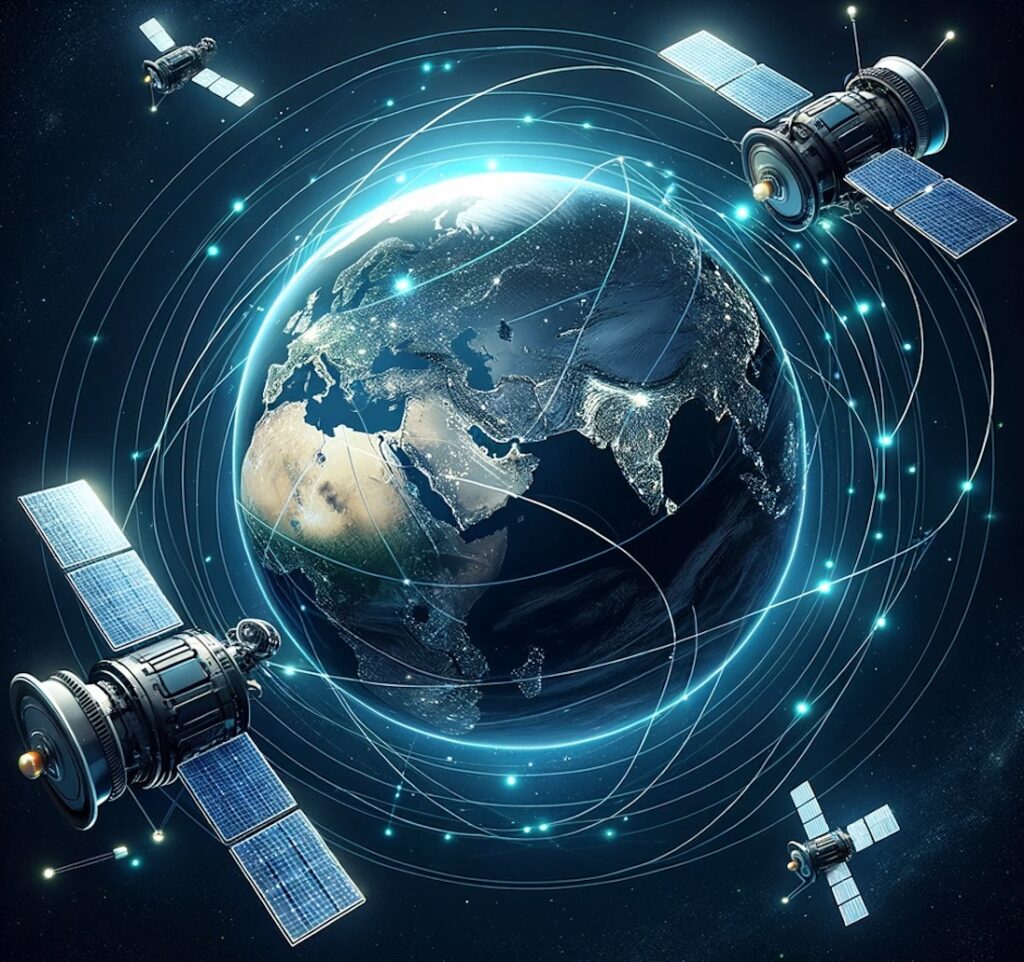
The Global Positioning System (GPS) is a technology that allows us to pinpoint our location, navigate our routes, and track our movements anywhere on Earth.
GPS, developed by the US Department of Defence in the 1970s, provides accurate and reliable positioning and timing information for military operations. A constellation of satellites orbiting the planet is responsible for transmitting signals to receivers on the ground.
“GPS is the first worldwide utility, invisible yet essential for the functioning of nearly all aspects of modern society.” Bradford Parkinson.
How does GPS work?
It measures the distance and time difference between frequencies coming from multiple satellites, calculating position, speed, and direction of the receiver.
How did GPS become available to everyone?
Prior to 1983, this technology was restricted to military use only, but after Soviet fighters shot down a Korean Air flight for straying into USSR space, President Ronald Reagan announced that GPS would be for civilian applications as well.
Ever since, GPS has served as an essential tool for navigation, mapping, geocaching, surveying, and more.
Interesting Fact:
One notable event in which GPS played a crucial role includes the dramatic rescue of Captain Richard Phillips from Somali pirates.
The incident not only highlighted the strategic importance of GPS technology but also demonstrated its value in critical, real-world situations.
Background
In April 2009, Somali pirates hijacked the Maersk Alabama in the Indian Ocean, with Captain Phillips taken hostage aboard a lifeboat after the crew managed to retake the ship.
The criminals demanded ransom, and a tense standoff ensued.
The US Navy used GPS to track the exact location of the lifeboat holding Phillips. This precise tracking allowed the SEALs to plan a rescue operation and coordinate multiple naval ships, including the USS Bainbridge.
With precision timing, the liberation was executed, Captain Phillips rescued, and three of the four pirates eliminated by the special forces.
Such an incident garnered worldwide attention and was later adapted into the film “Captain Phillips,” starring Tom Hanks.
Microwave Oven
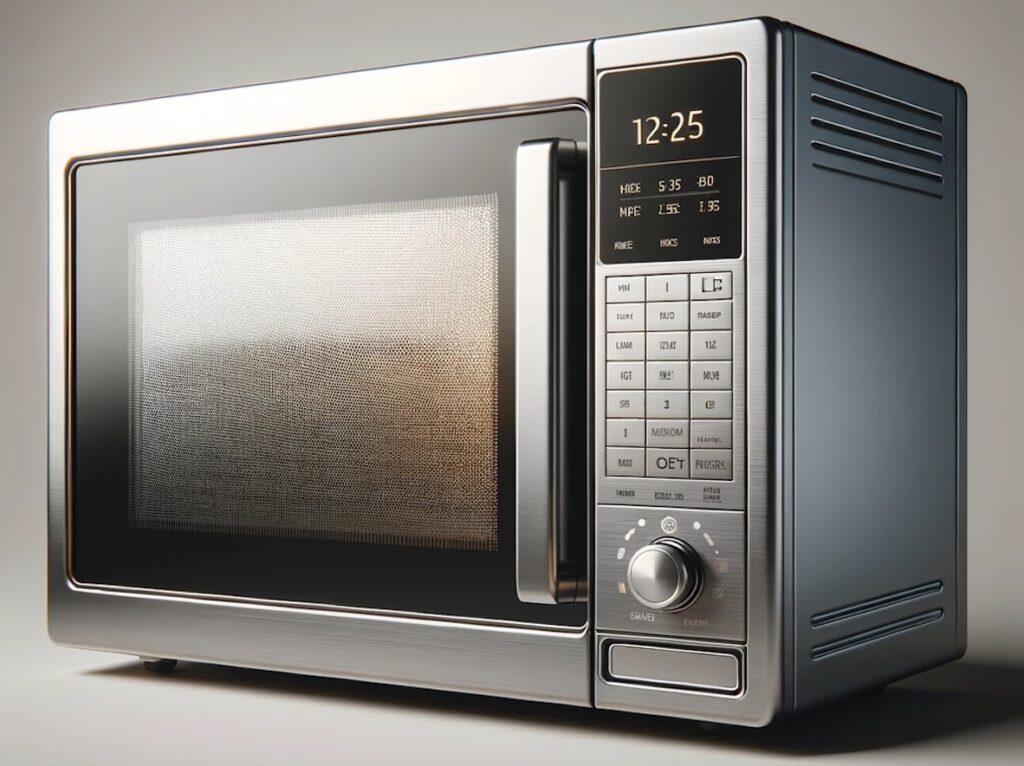
Today, a kitchen seems incomplete without this ubiquitous appliance.
Microwave ovens use electromagnetic waves to produce heat inside the food molecules, causing them to vibrate and release thermal energy.
Percy Spencer, an engineer at Raytheon Corporation, invented it in 1945. How did it happen? Spencer was working on radar systems for the US Navy during World War II, using magnetrons to generate microwave signals.
One day, he noticed that a candy bar in his pocket had melted after being exposed to microwaves from a nearby magnetron, and later he realised that those microwaves could be used to heat food faster than conventional methods.
Next, he experimented with different foods, such as popcorn and eggs, and filed a patent for his invention.
The first commercial microwave oven was introduced in 1947 by Raytheon under the name Radarange.
“The microwave oven is the consolation prize in our hectic world. It cooks quickly, efficiently, and safely.” Robert L. Wolke.
Interesting Facts:
First Food Cooked
Popcorn came to be the first thing made with Spencer’s microwave, and the second was an egg, which reportedly exploded in the face of one of his experimenters.
First Commercial Model
The ‘Radarange’, released in 1947, presented these characteristics: almost 6 feet tall, weighed around 750 pounds, and cost $5,000, equivalent to over $50,000 today.
Popularity Growth
By the late 1970s, technological advances had made microwave ovens more compact and affordable, leading to their widespread use in homes. And before 1986, about 25% of households in the US and UK owned a microwave.
Cooking Mechanism
Microwaves cook food by causing water molecules to vibrate at very high frequencies, generating heat. This is why foods rich in water, such as vegetables, can be cooked faster than others.
Duct Tape
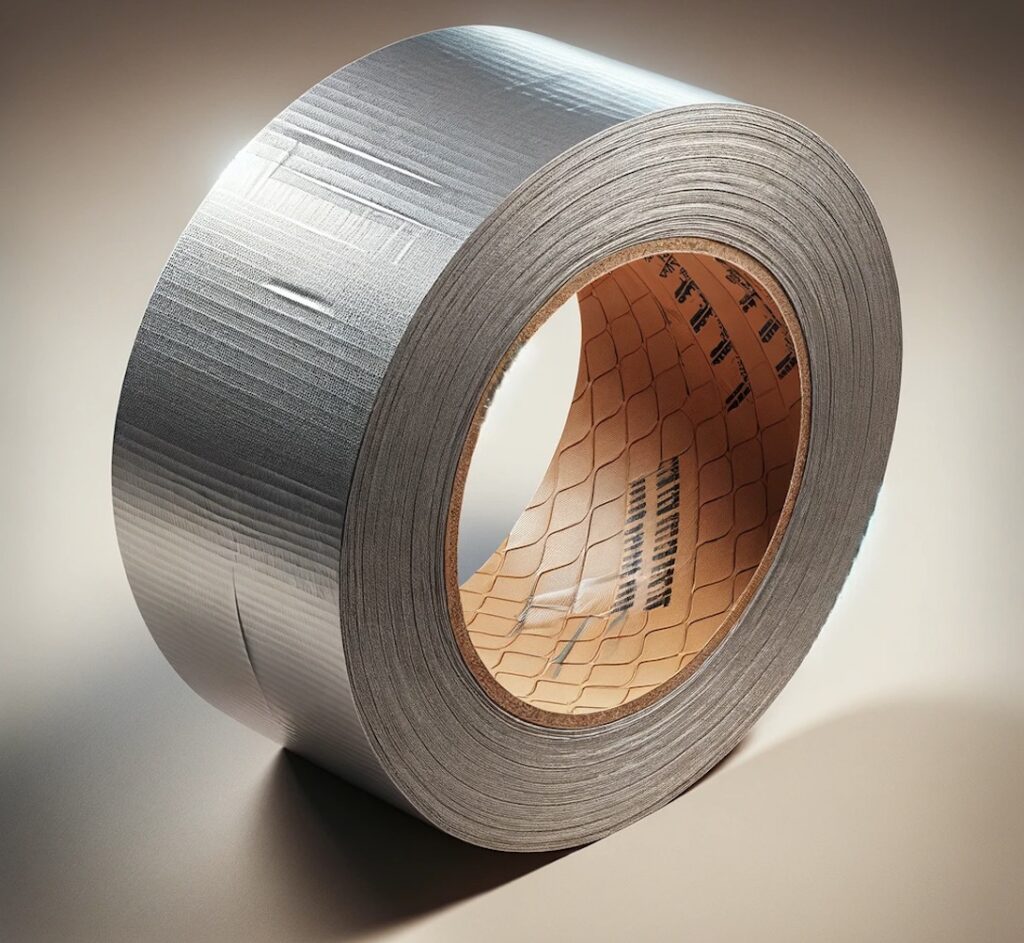
This versatile adhesive that we use for repairing, sealing, binding, or crafting also came from a military invention.
Duct tape consists of three layers: a cloth mesh coated with polyethylene on one side, a rubber-based glue on the other side, and a thin film between them to prevent sticking.
The thought for duct tape was conceived by Vesta Stoudt, a factory worker and mother of two sons fighting in World War II. She was concerned about the quality of the paper tape used to seal ammunition boxes, which often tore or failed to open properly in combat situations.
So, she came up with the idea of using a stronger, water-proof tape made of cloth and plastic. Stoudt wrote a message to President Franklin D. Roosevelt explaining her proposal and requesting his support.
Roosevelt forwarded her letter to the War Production Board, which commissioned Johnson & Johnson to develop her concept. As a result, duct tape (originally called duck tape) came to life, becoming popular to seal ammo boxes, repair equipment, and patch wounds.
“Duct tape is like the force. It has a light side, a dark side, and it holds the universe together.” Carl Zwanzig.
Interesting Fact:
Apollo 13, NASA’s third crewed mission intended to land on the Moon, faced a critical position that turned the cosmic adventure into a dramatic struggle for survival.
Here’s how duct tape played a pivotal role:
Background
The audacious endeavour, launched on 11th April 1970, suffered a setback two days into the mission when an oxygen tank in the service module exploded, crippling the spacecraft.
Such an explosion led to a loss of electrical power and a dangerous shortage of oxygen, with the crew using the Lunar Module (LM) as a lifeboat to survive and return to Earth.
Duct Tape in Action
The primary issue: the buildup of carbon dioxide in the LM. The CO2 removal system in the module used square filters, but the command module had round filters.
The challenge: fit the round filters into the square openings.
With guidance from Mission Control, the crew created an improvised adapter using material available on the spacecraft, including duct tape, which was standard equipment on Apollo missions.
Along with plastic bags, cardboard, and hoses from their spacesuits, the astronauts used duct tape to construct a connector that allowed the round filters to function in the LM. This makeshift device scrubbed CO2 from the cabin, keeping the air breathable and ensuring the crew’s survival during their journey back to Earth.
The story of Apollo 13, including the duct tape solution, became widely known through the film “Apollo 13,” further cementing the role of duct tape in popular culture.
EpiPen
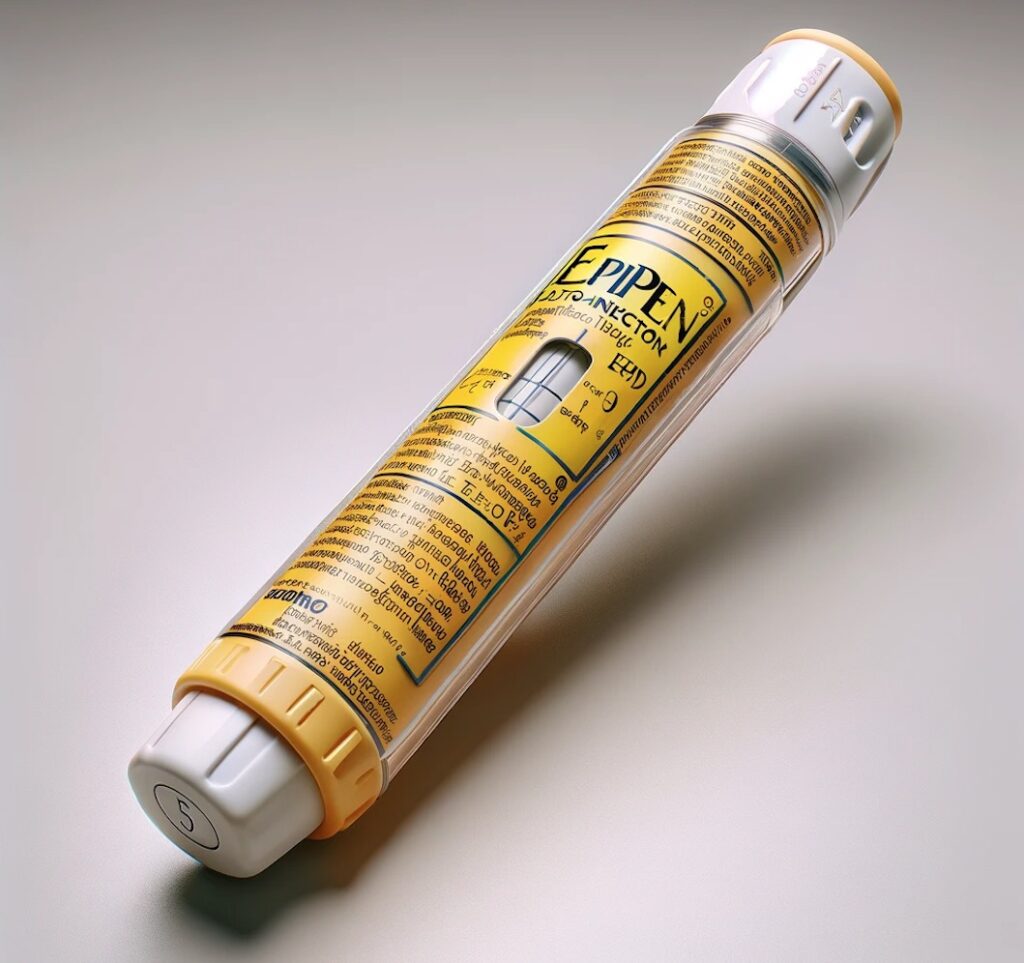
EpiPen is a lifesaving device that delivers a dose of epinephrine, a hormone that counteracts the effects of a severe allergic reaction, such as anaphylaxis.
This instrument is designed to be easy and safe to use, even by untrained people. It contains a spring-loaded syringe that injects medicines into the thigh muscle when pressed against the skin.
EpiPen was invented by Sheldon Kaplan, an engineer at Survival Technology in the 1970s. Back then, he was working for the US Department of Defence, creating an auto-injector device that could deliver a nerve gas antidote to soldiers exposed to chemical weapons.
In the beginning, the mechanism was called ComboPen and consisted of two chambers containing atropine and pralidoxime, which could be injected simultaneously into the muscle.
Sheldon Kaplan later adapted his design to create EpiPen, using epinephrine instead of the antidote, and licenced it to Merck & Co., which marketed it in 1980. Since then, EpiPen has emerged as a vital tool for people with extreme allergies, saving millions of lives around the world.
“Inventions born from necessity can become the most significant tools for human safety.” Dr Robert Langer.
Real-Life Story
In 2016, Aaron McDonald, a chef from Northern Ireland with a severe nut allergy, experienced anaphylactic shock after unknowingly consuming nuts.
Realising he didn’t have his EpiPen, he rushed to McNally’s Late Night Pharmacy in distress. The pharmacist, Noelle Holmes, despite regulations typically preventing the dispensing of EpiPens without a prescription, recognised the urgency and provided him with one.
Her swift action, which was later supported by the medical team, saved McDonald’s life.
He expressed immense gratitude and advocated for allowing pharmacists to provide EpiPens without prescriptions in emergency situations.
Final Thoughts
As we journey through the fascinating world of military-inspired technologies in our everyday lives, it’s clear that these inventions are more than historical footnotes. They are vibrant chapters in the ongoing story of human creativity and adaptability.
From the GPS systems that guide us on unfamiliar roads to the humble microwave that warms our meals, each of these solutions carries a legacy of ingenuity born out of necessity.
The stories of these gems of genius are reminders that answers to some of our biggest challenges may come from the most unexpected places.
Innovation is not just about creating new things, but about seeing the world through a lens of possibility and opportunity. It’s about asking “What can be?” rather than settling for “What is.”
The story doesn’t end here, though.
We invite you to join the conversation by sharing your thoughts, experiences, or a piece of history that fascinates you in the comments below.
If you know of another military invention that has transitioned to civilian life, we’d love to hear about it!
